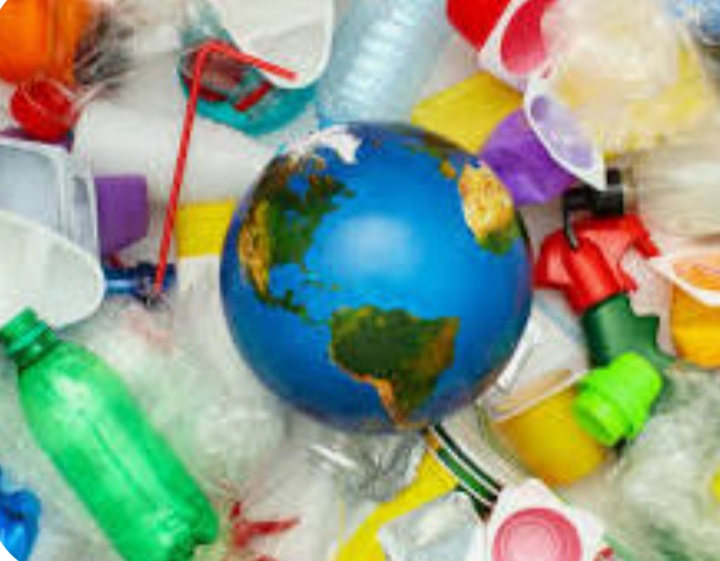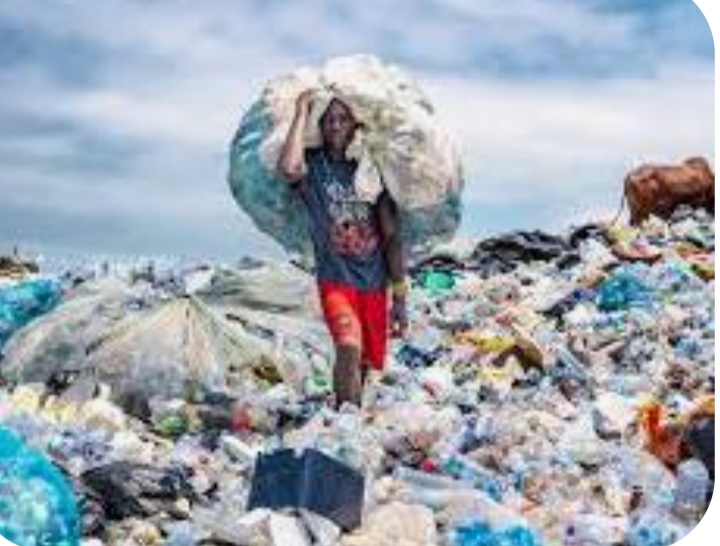Scientists have indeed spoken about the dangers of plastic pollution long before it became a widely recognized issue. However, it’s possible that their warnings didn’t receive sufficient attention or action until more recently. Here are some reasons why:

Historical context: Plastic production began in the 1950s, and its convenience and versatility led to rapid growth. Initially, the focus was on its benefits, not risks.
- Lack of data: Until the 1970s-80s, there wasn’t enough research on plastic’s environmental impact.
- Growing awareness: In the 1990s-2000s, scientists like Charles Moore (oceanographer) and Theo Colborn (zoologist) raised concerns about plastic pollutioନ
- Increased visibility: Documentaries like “The Great Pacific Garbage Patch” (2008) and “Plastic Ocean” (2016) helped raise public awareness.
- Scientific consensus: Studies have consistently shown plastic pollution’s harm to marine life, human health, and the environment.
- Policy and action: Governments, organizations, and individuals are now working together to address plastic pollution through initiatives like bans, recycling programs, and research.
Scientists continue to speak out about plastic pollution, and their warnings are now amplified by growing public concern and media attention.


